Promote Crystallization
Promote crystallization can help align interests between sponsors and investors in long-term deals by reallocating ownership percentages instead of selling, benefiting both parties while maintaining motivation. However, it can be complex, requiring the agreement on a hypothetical sale valuation, which can be challenging. Consider using a slight discount to appraised/BOV value for fairness and ease.

I recently released a video discussing alignment of interest (or lack thereof) in partnership structures which often incentive the sponsor to sell quickly while investors may prefer to actually stay in the deal for longer. That video sparked conversations as to how it would be possible to align interests between sponsor and investors for a longer-term hold. One answer is through a promote crystallization.
A promote crystallization is a provision in a joint venture agreement whereby the sponsor can capitalize on the value created that corresponds to their promote if the partnership were to sell. But instead of selling, the partnership reallocates ownership percentages in favor of the sponsor in order to compensate them on their promote in lieu of actually selling and taking the promote compensation in cash. This partnership feature is most commonly used on development deals where the partnership would like to hold the completed asset long-term for cash flow. Via the promote crystallization, the sponsor is able to reap the rewards of the value created upfront through their development efforts by increasing their ownership in the project and enjoying greater cash flows based on their increased ownership percentage.
The reason why this partnership feature is called a “crystallization” is because the preferred return and promote interest goes away (frozen) after the crystallization event occurs. This means that the sponsor and the rest of the investors receive distributions on a pari passu (equal) basis moving forward.
To actually perform a crystallization, the partnership must go through the motions of a hypothetical sale by agreeing upon a sale valuation and closing costs. The hypothetical net sale proceeds are then run through the originally agreed upon waterfall to calculate how much promote would be owed to the sponsor in this hypothetical sale scenario. Let’s use some numbers to make the example clearer. Let’s say the hypothetical promote is $500k and the sponsor originally invested $500k into the project in a 90/10 split (the sponsor contributed 10% of the total equity requirement). In order to crystallize the promote, the partnership would agree to adjust the 90/10 ownership percentage to 80/20 (an additional 10% to the sponsor to compensate for their hypothetical promote). After the partnership crystallizes the new ownership percentages at 80/20, all distributions from cash flows, refinance, or future sale shall be split at the 80/20 rate.
This structure is a great way for a sponsor to stay motivated in a deal after the initial value creation plan. Investors can also benefit from this structure since their capital will no longer be promoted following the crystallization. However, the biggest drawback of promote crystallizations are their complexity. The most difficult aspect is finding a way to fairly agree upon a valuation for the hypothetical sale. Obviously, it is in the sponsor’s best interest to argue for a higher valuation while it is in the investor(s) best interest to negotiate a lower value. An appraisal or even a broker opinion of value (BOV) can be used to determine the value, but both can leave one left desiring more clarity/certainty as to the true fair market value.
I personally believe the crystallization should be done at a slight discount to appraised/BOV value due to the certainty and ease of the transaction, especially since it is not an arm’s length deal. The operating agreement should also allow for either party to elect to move forward on an outright sale if one is not happy with the proposed value of the crystallization.
